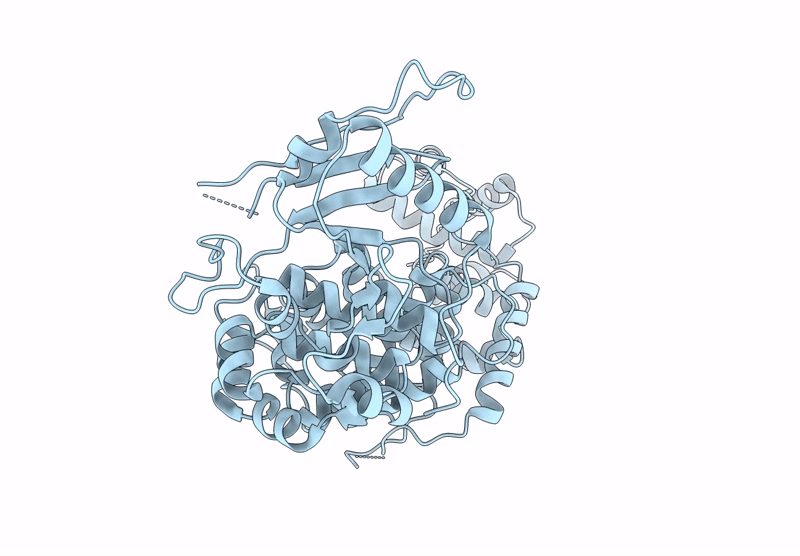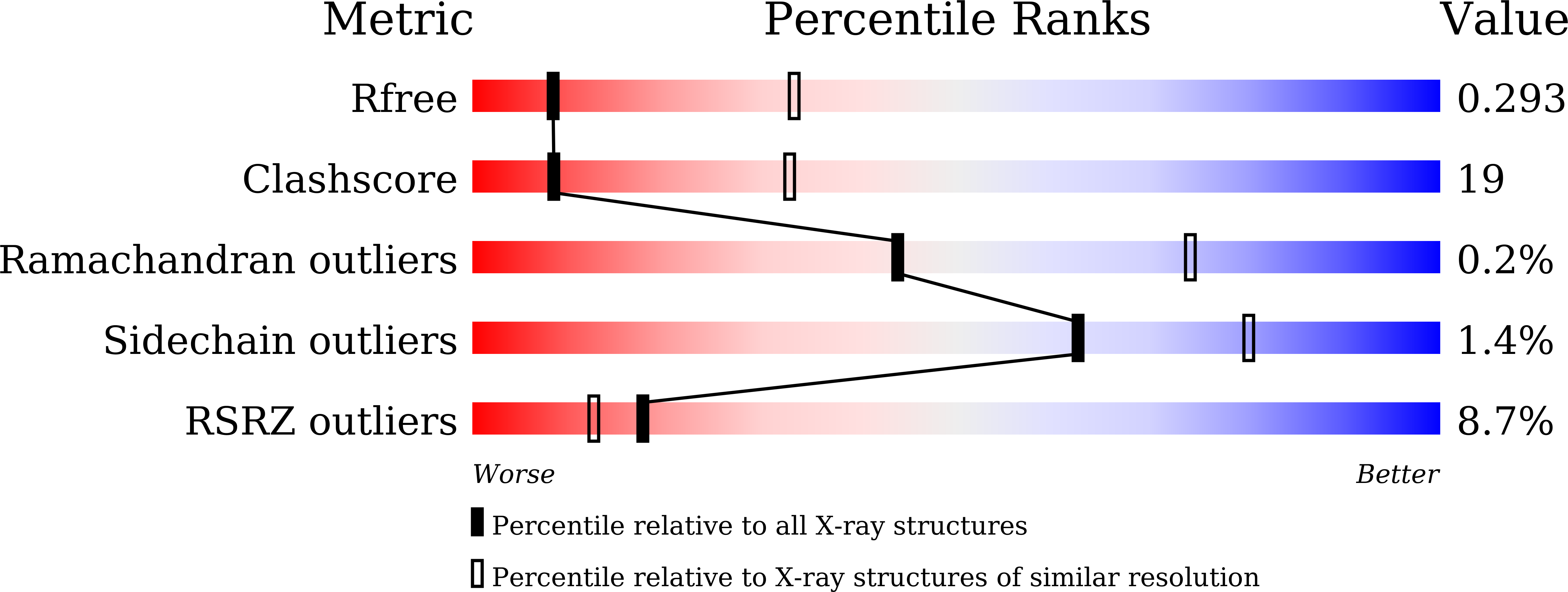
Deposition Date
2024-11-15
Release Date
2025-06-18
Last Version Date
2025-07-02
Entry Detail
PDB ID:
9KMA
Keywords:
Title:
Crystal structure of the CCA-adding enzyme from Arabidopsis thaliana
Biological Source:
Source Organism:
Arabidopsis thaliana (Taxon ID: 3702)
Host Organism:
Method Details:
Experimental Method:
Resolution:
3.23 Å
R-Value Free:
0.29
R-Value Work:
0.25
R-Value Observed:
0.26
Space Group:
P 21 21 21


